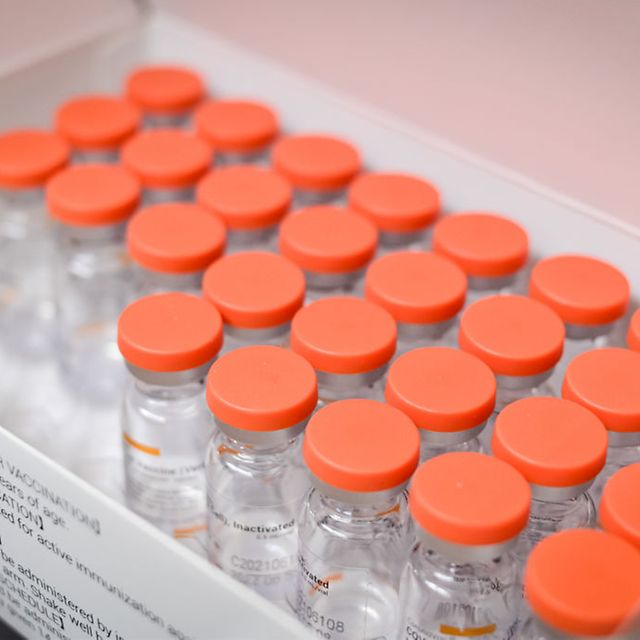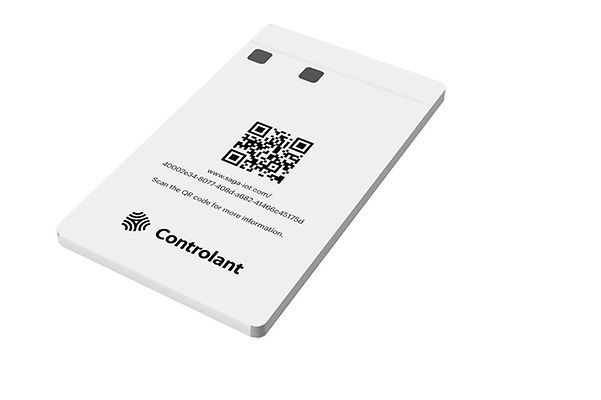The Saga Card was developed by Controlant in partnership with a consortium consisting of Deutsche Telekom, Nordic Semiconductor, Avery Dennison, CCL Design, Imprint Energy, and Sodaq. It is no larger and just a little thicker than a credit card. That has several advantages. It fits into a carton or even a single packet of medications. So the product’s condition can be monitored to a shelf in the pharmacy or, in future, potentially to a patient’s medicine cabinet.
Like the Saga Logger, the smart card incorporates sophisticated sensor technology. It measures the temperature en route and if need be, reports deviations from the threshold value to Controlant’s Aurora Cloud platform. “If a container full of drugs worth millions of dollars stands around for too long at an airport and is heated, we can make a phone call and prevent it from becoming a total write-off,” says Gunnar. “It happens more often than you might think.” Manufacturers can also receive automatic notification via the Cloud platform if disruptions occur during transportation.
“With our new Saga Card we are now extending visibility in the supply chain from production to the patient.”
– Gunnar Sigurdsson, Product Manager at Controlant
During development, the consortium made careful considerations in the design of the device to ensure it met requirements of pharmaceutical manufacturers. The Saga Card can provide detailed location data throughout the transport route. Even opening the packaging is registered—inter alia by a light sensor. If required, everyone in the supply chain knows when and where the medication was used and therefore when it will expire or when the next shipment will be needed. An acceleration sensor records when a box is moved or is no longer on the move. All information can be accessed at any time via Controlant’s Cloud-based Aurora platform. Controlant uses the Internet of Things (IoT) for secure worldwide transmission of sensor data to the Cloud. Deutsche Telekom guarantees coverage in many parts of the world with its energy-efficient NB-IoT and LTE-M IoT networks and roaming agreements with more than 600 partners. “Along with Europe and North America we see strong demand in emerging markets like Turkey or India,” says Gunnar. “Telekom has helped us with that too.”
- The healthcare sector accounts for 5% of global CO2 emissions
- 70% occur in the supply chain
- 30% of vaccines and medications are disposed of due to quality problems
- Every year around $35bn is lost due to fluctuations in temperature during transportation
(Sources: Potsdam Institute for Climate Impact Research, Health care climate footprint report, Roland Berger)



